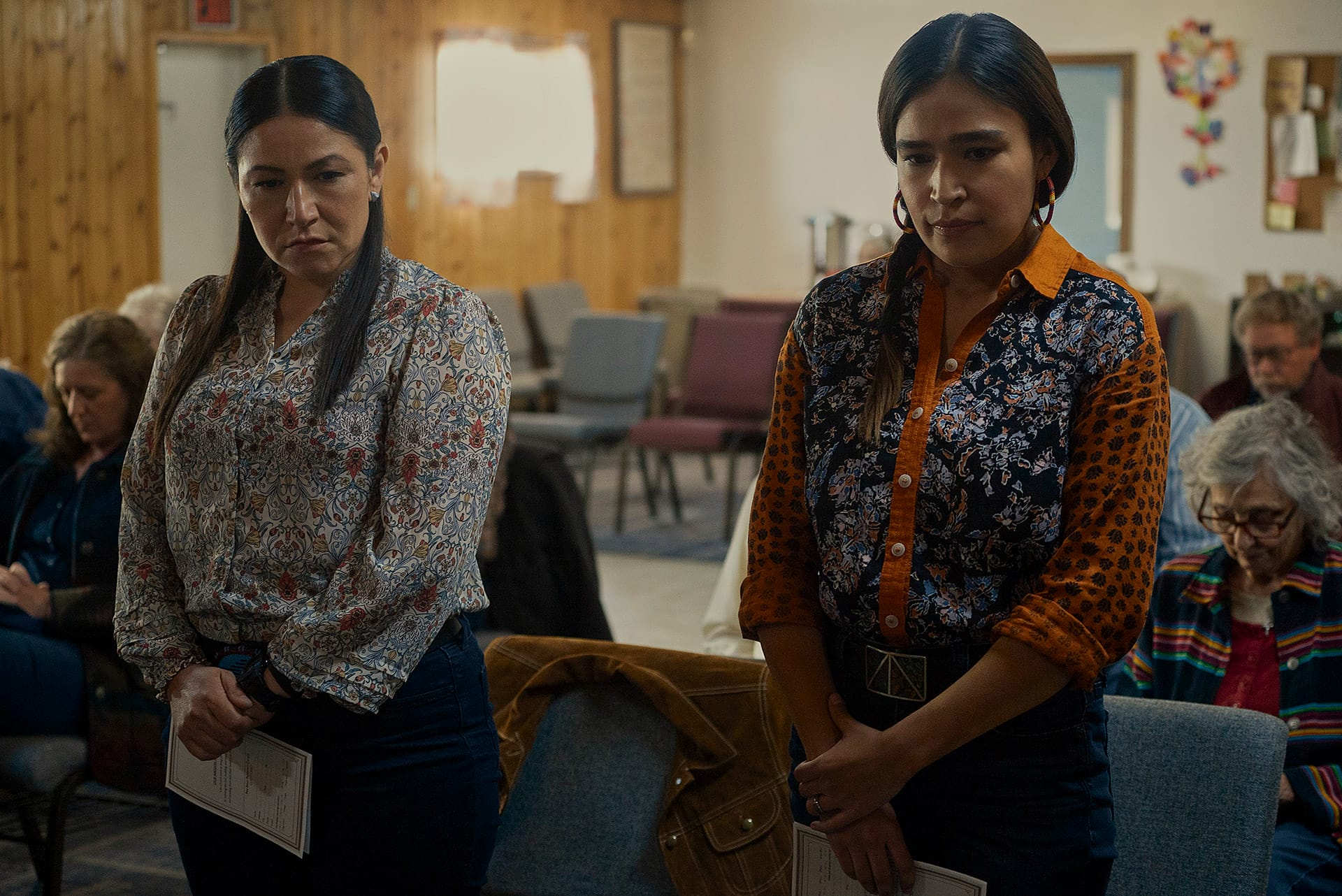Trending
- RECAP: Supreme Court to Rule on Protections Against Discredited and Unsafe Conversion “Therapy” Practices on LGBTQ Youth
- We All Could Use Some Queer Joy! Be a Part of The Skin Deep + GLAAD’s New Collab
- Facts and Action for Banned Books Week
- Write It Out! Launches Annual Campaign to Uplift People Living with HIV Through Playwriting
- GLAAD Gaming Announces New Queer Emerging Developers Program
- Finding Yourself Begins With Celebrating Others’ Differences
- Must-See LGBTQ TV: October Premieres and Returns!
- Fact Sheet: Landmark Supreme Court Case Regarding Protections Against So-Called Conversion “Therapy” for Youth













